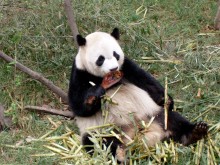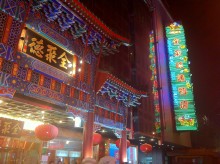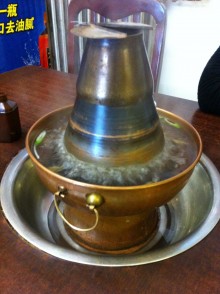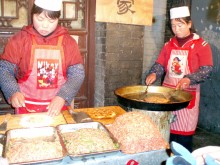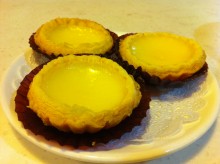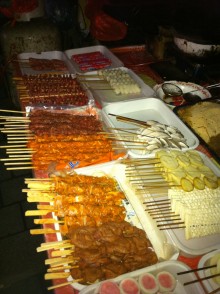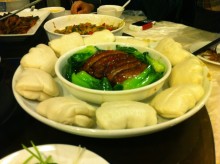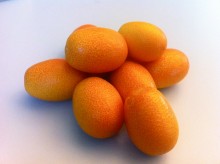
Once upon a time, I was biking through the rice paddies of Yangshuo, China, when my local friend stopped at a small tree to pick the strange, small berry-like fruits off of it. She handed a few to me to try and told me they were called kumquats. Growing up in Michigan, I had heard of kumquats before, but had never seen one with my own eyes and had no idea what one should look or taste like. This was a strange fruit, indeed.
